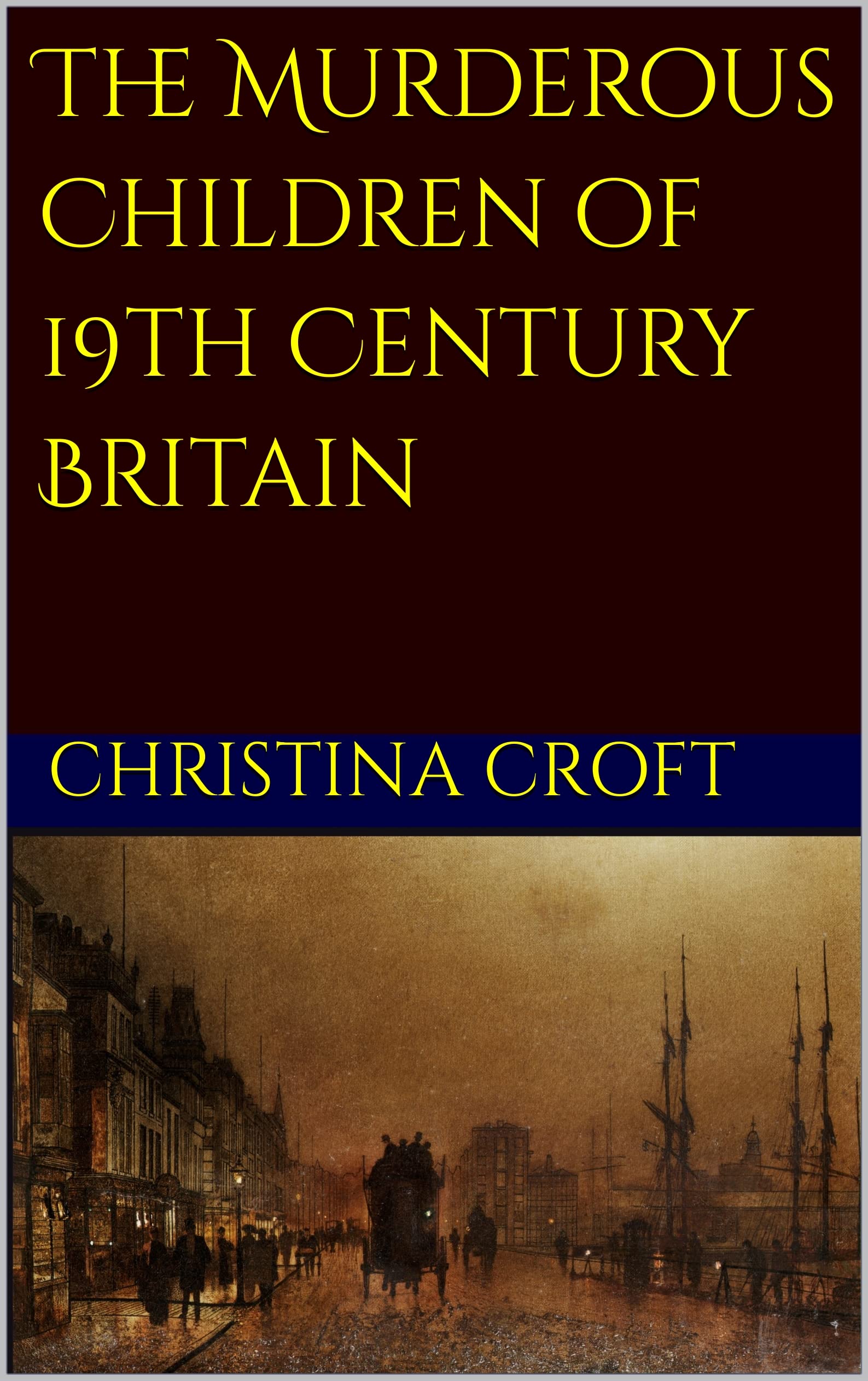What surprised me about Christina Croft's carefully researched book about child murderers of the nineteenth century were how the children in the countryside seemed as depraved as those in the towns. Little children killing other little children just out of spite, curiosity, or for no apparent reason occurred in idyllic country villages as well as in thriving centers of commerce. Some people blamed the Penny Dreadfuls, which were serialized bloody and lurid tales aimed at a youthful audience, for giving violent ideas to unformed minds. Others blamed the fact that many poor families drank gin or ale when clean drinking water was absent, which it was most of the time. And so it seems many poor children, bereft of an adequate breakfast, were stumbling around intoxicated by mid-morning. In order to feed them, many destitute families sent their children, as soon as they were old enough, to work in service to middle class or wealthy families. It was in respectable and prosperous homes that many of the most infamous murder cases occurred, for the child servants were given the task of watching over the babies of the family. It seems the repressed or suppressed anger of some servant children manifested itself when they were supposed to be caring for helpless infants. England was shocked by such incidents, and the death penalty did not distinguish between adult and child criminals.
Besides willful murder, there were also children who raped other children, as well as children who enjoyed throwing rocks at strangers' heads and seeing them collapse. There were no gun laws regarding children; many curious young boys found it exciting to steal their fathers' firearms but then accidentally shoot innocent passersby or even their friends and family members. Christina Croft has recorded dozens of tragic cases of all varieties of crime which put one more in mind of twenty-first century Baltimore, Maryland than nineteenth century Great Britain. My Beatrix Potter-like visions of Victorian children having rustic tea parties in the garden along with bunnies, dolls and hedgehogs have been smashed forever.


















No comments:
Post a Comment